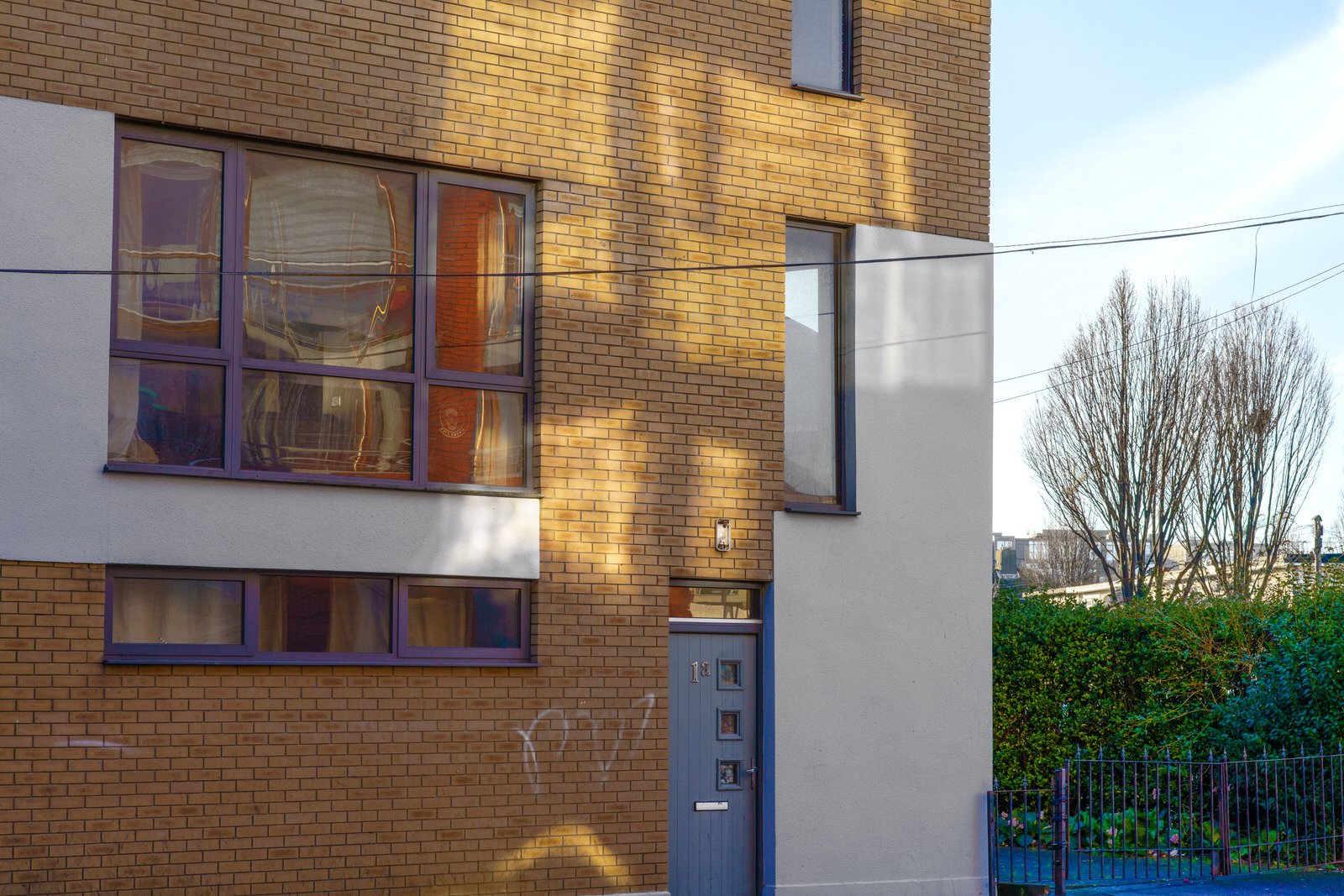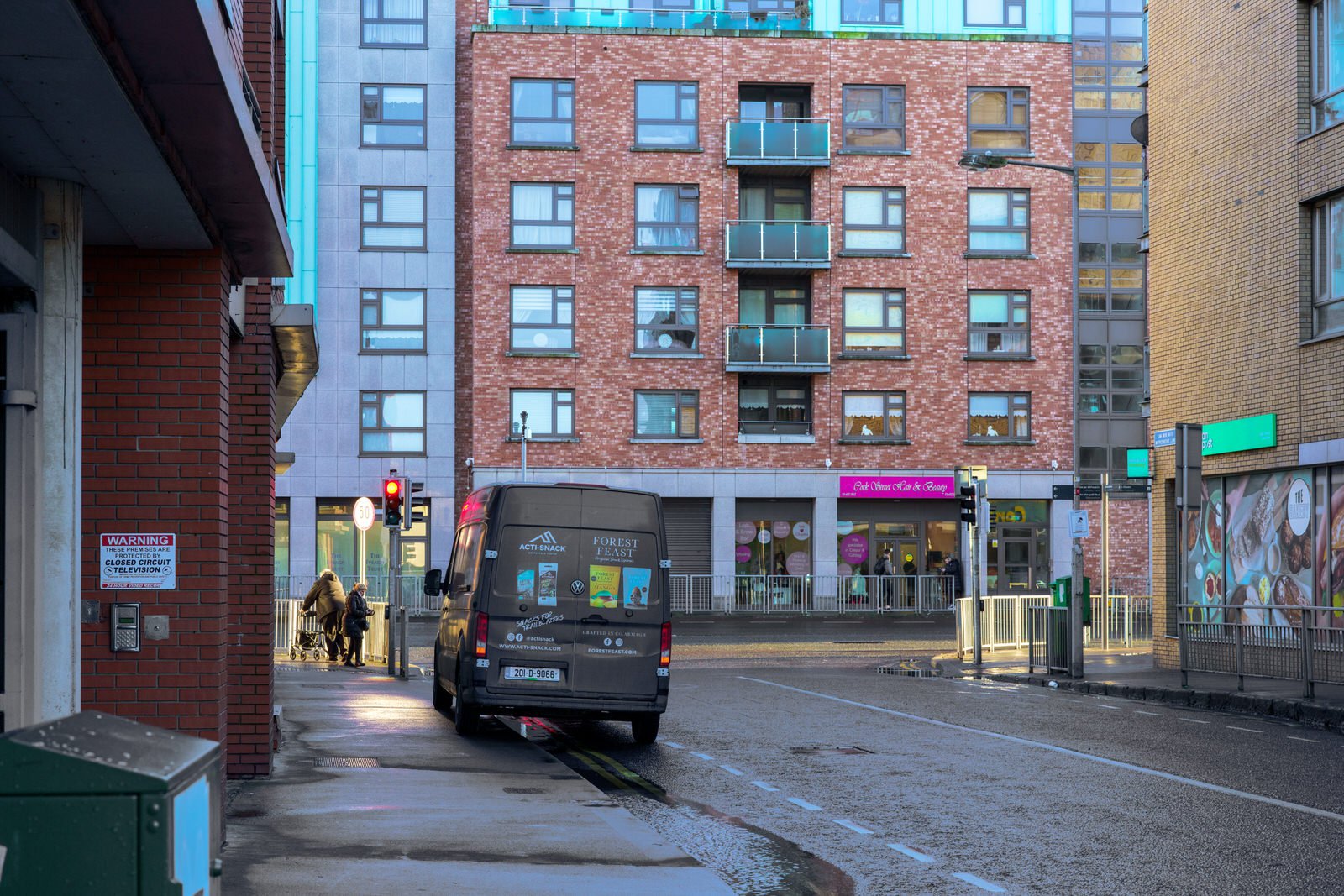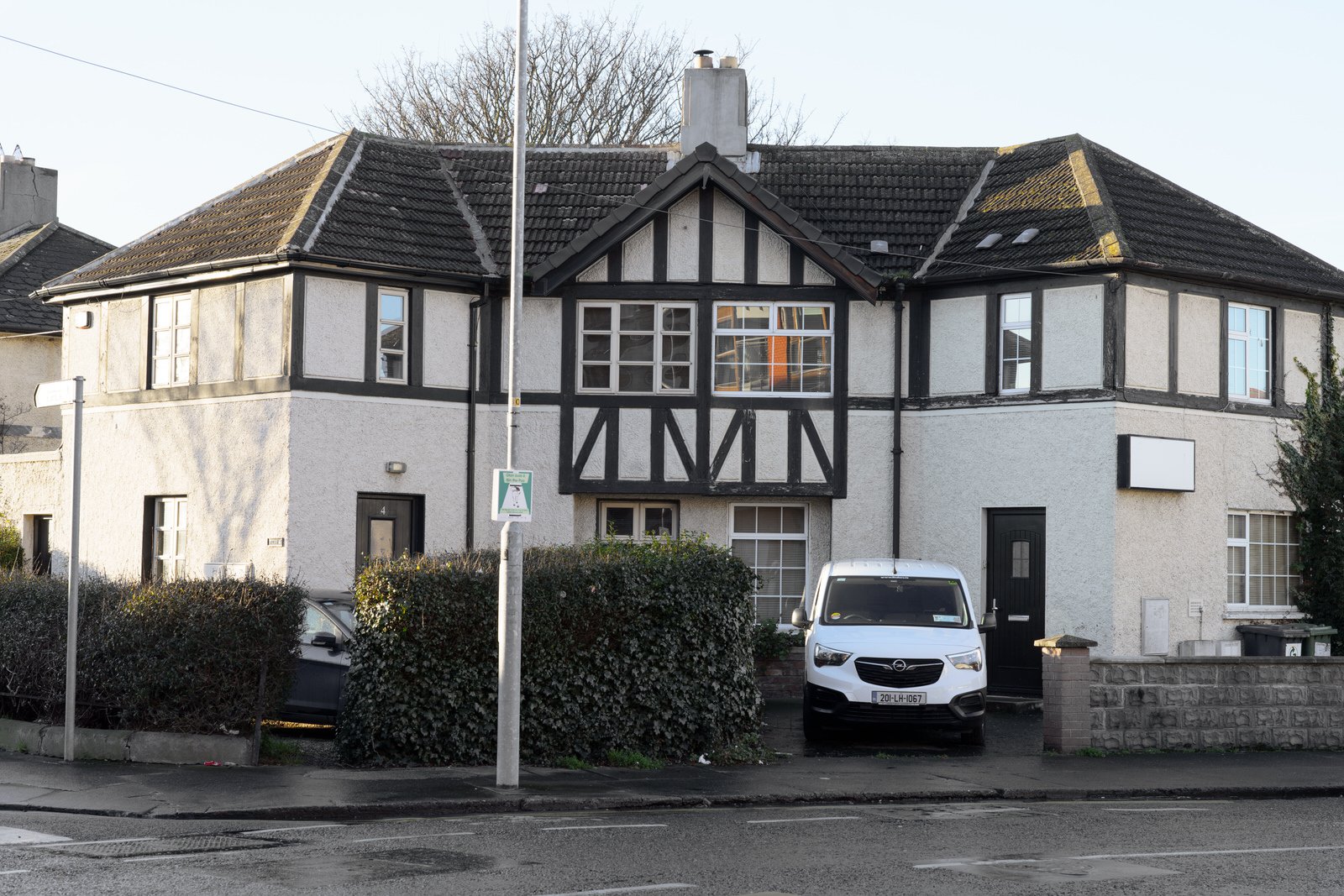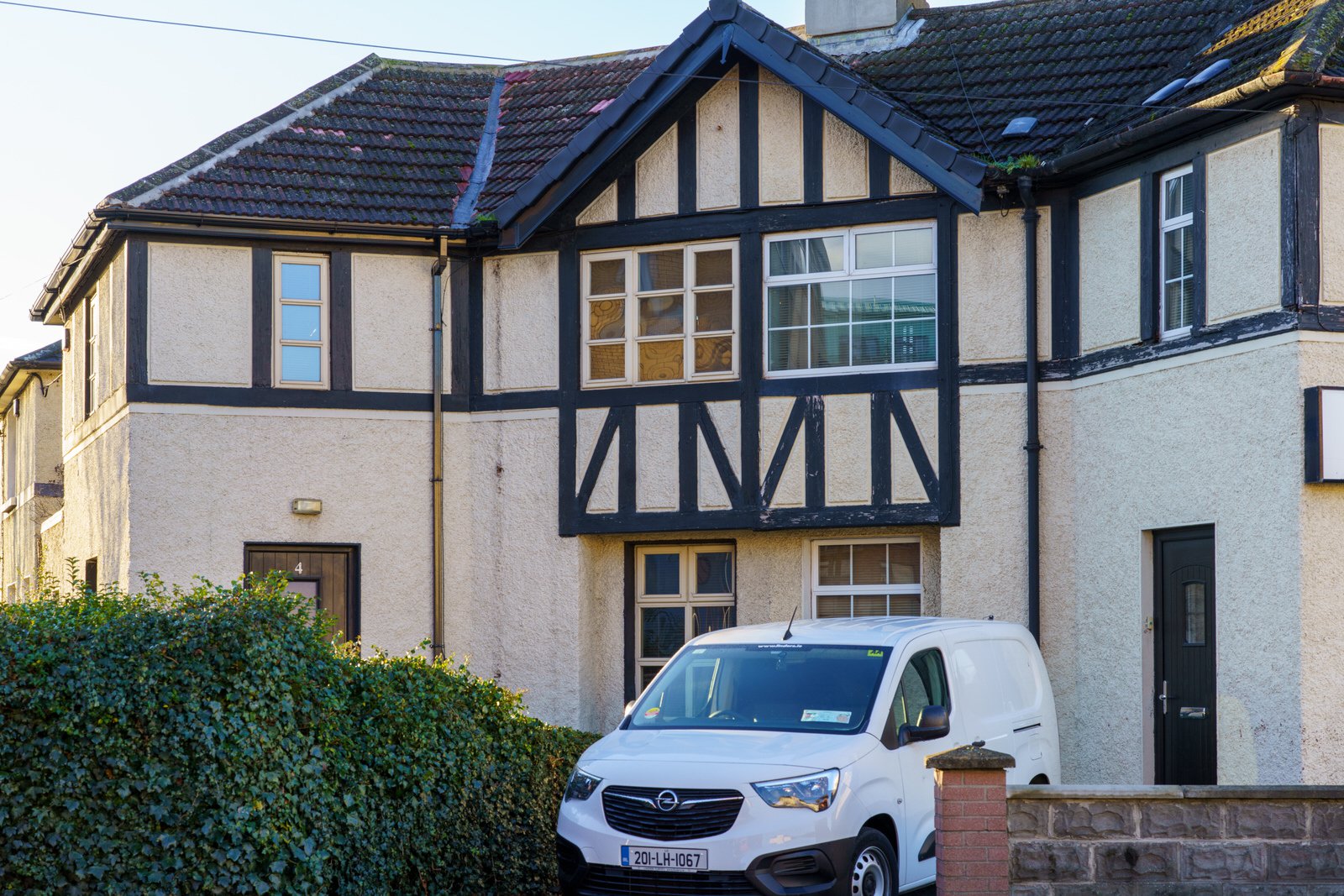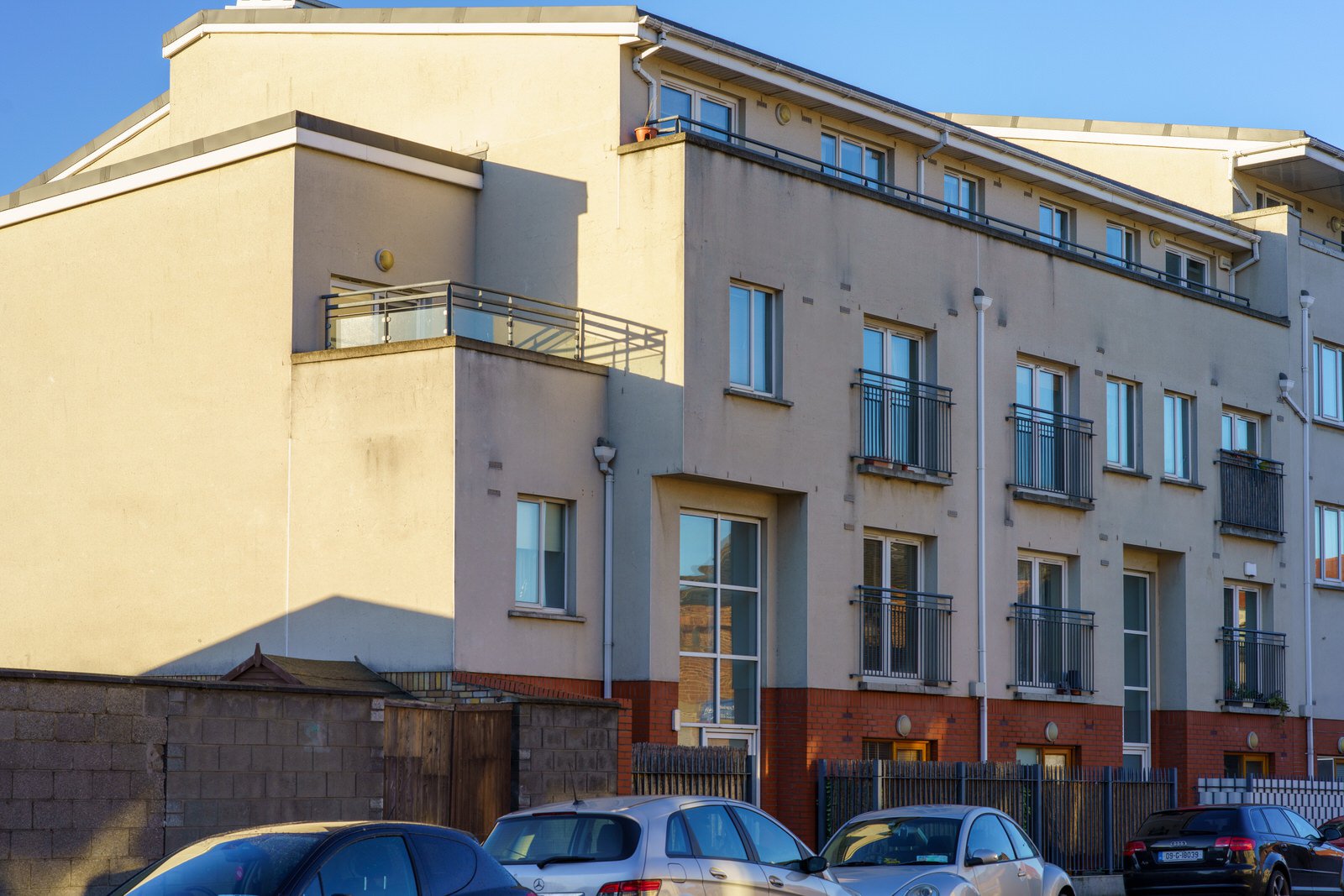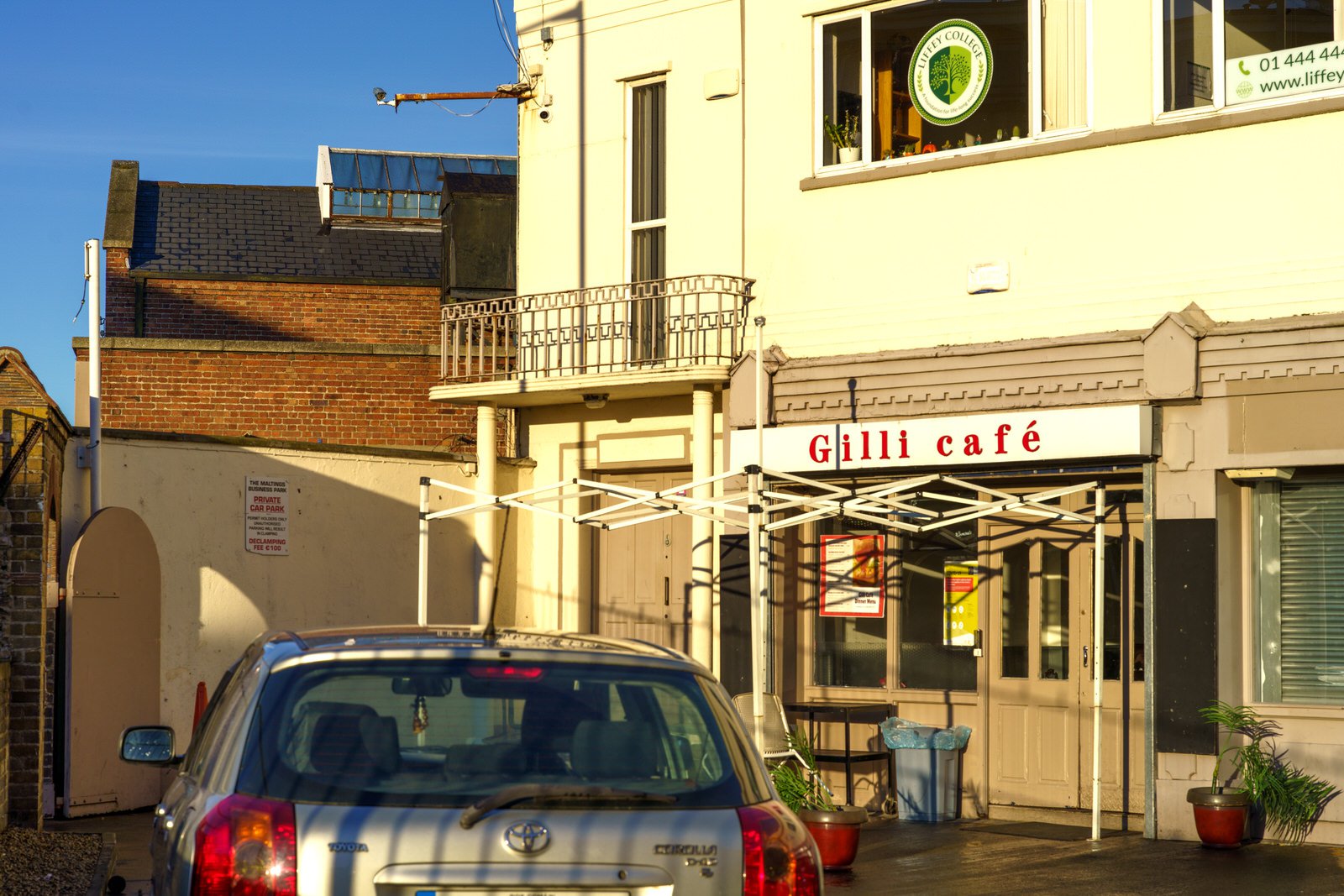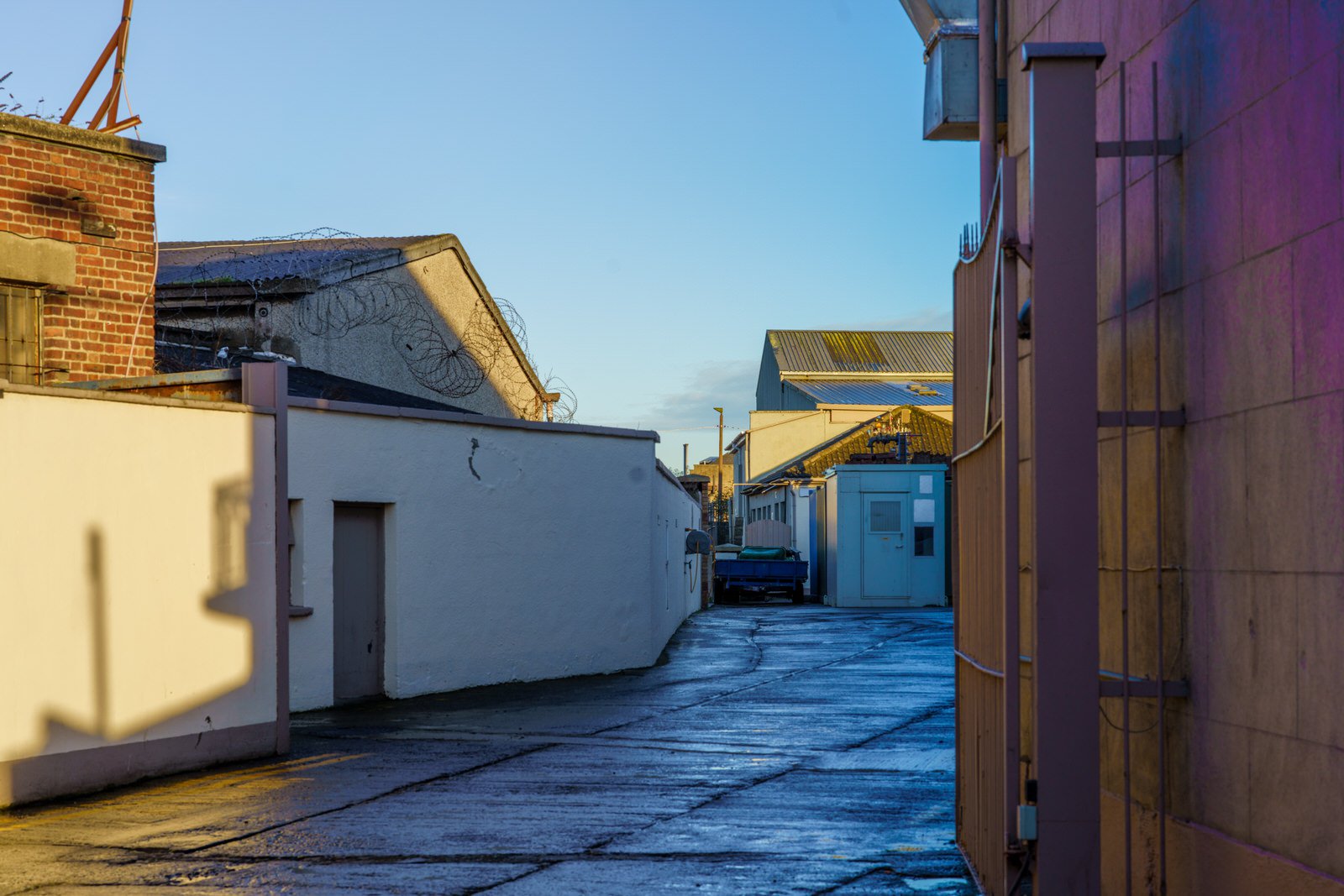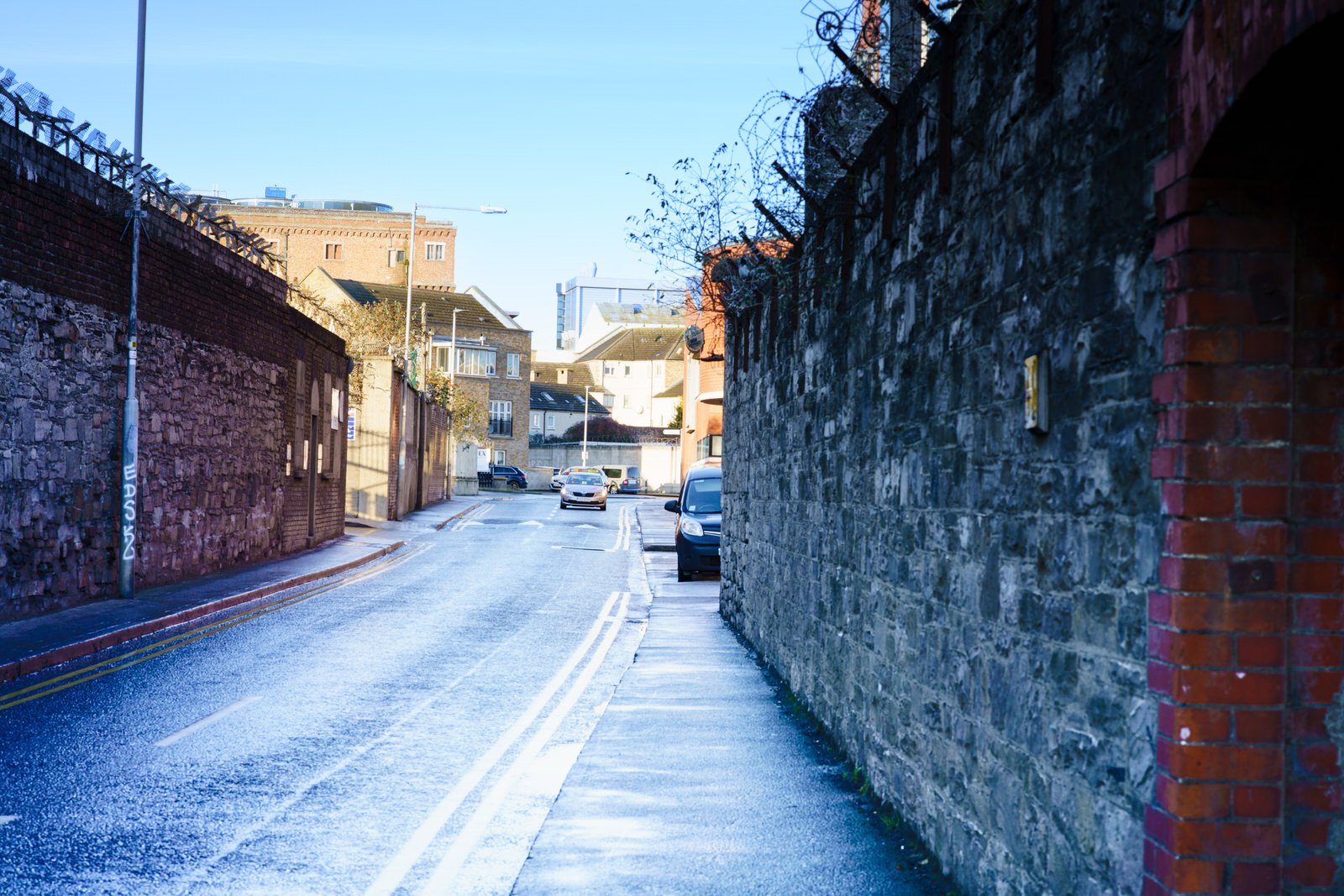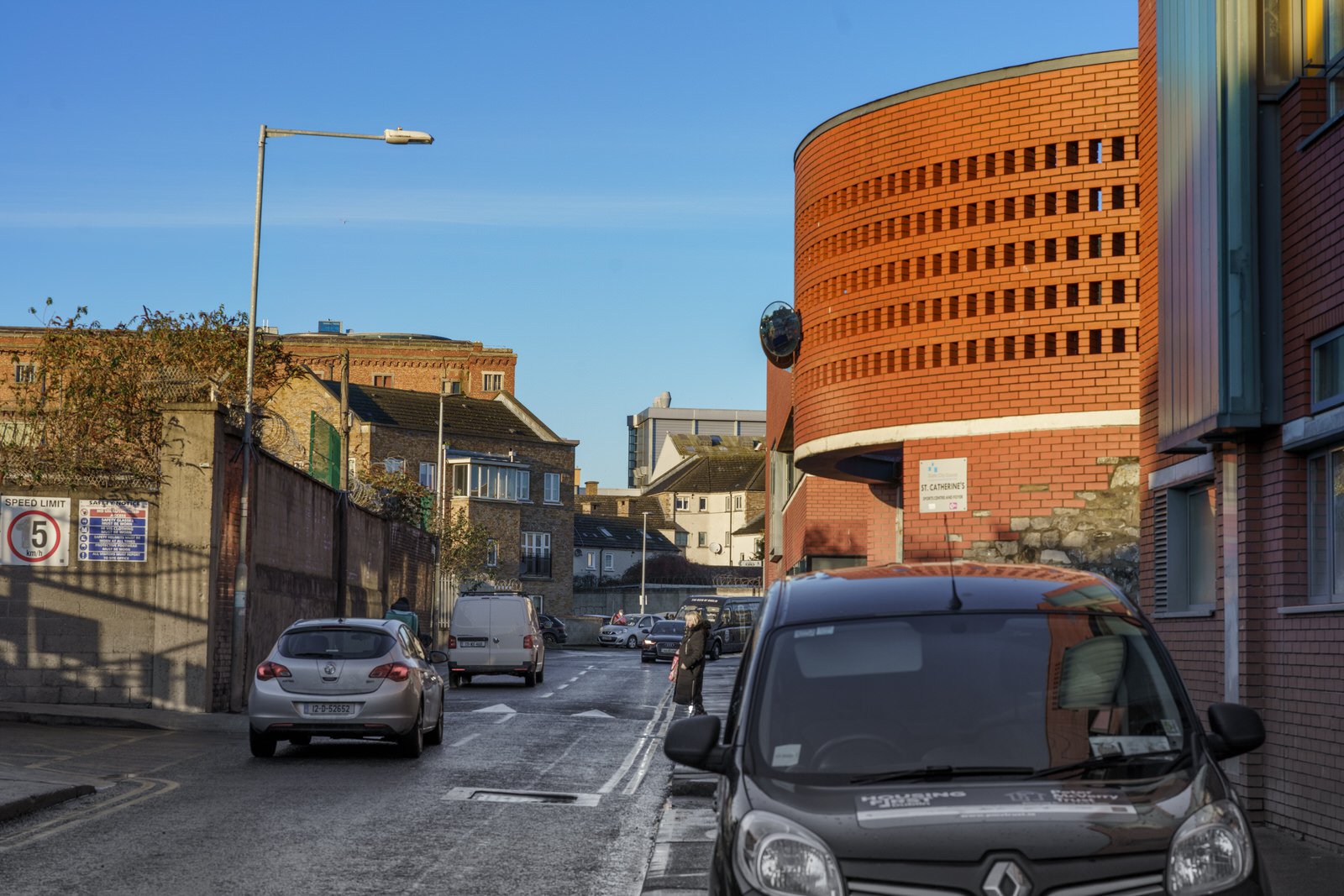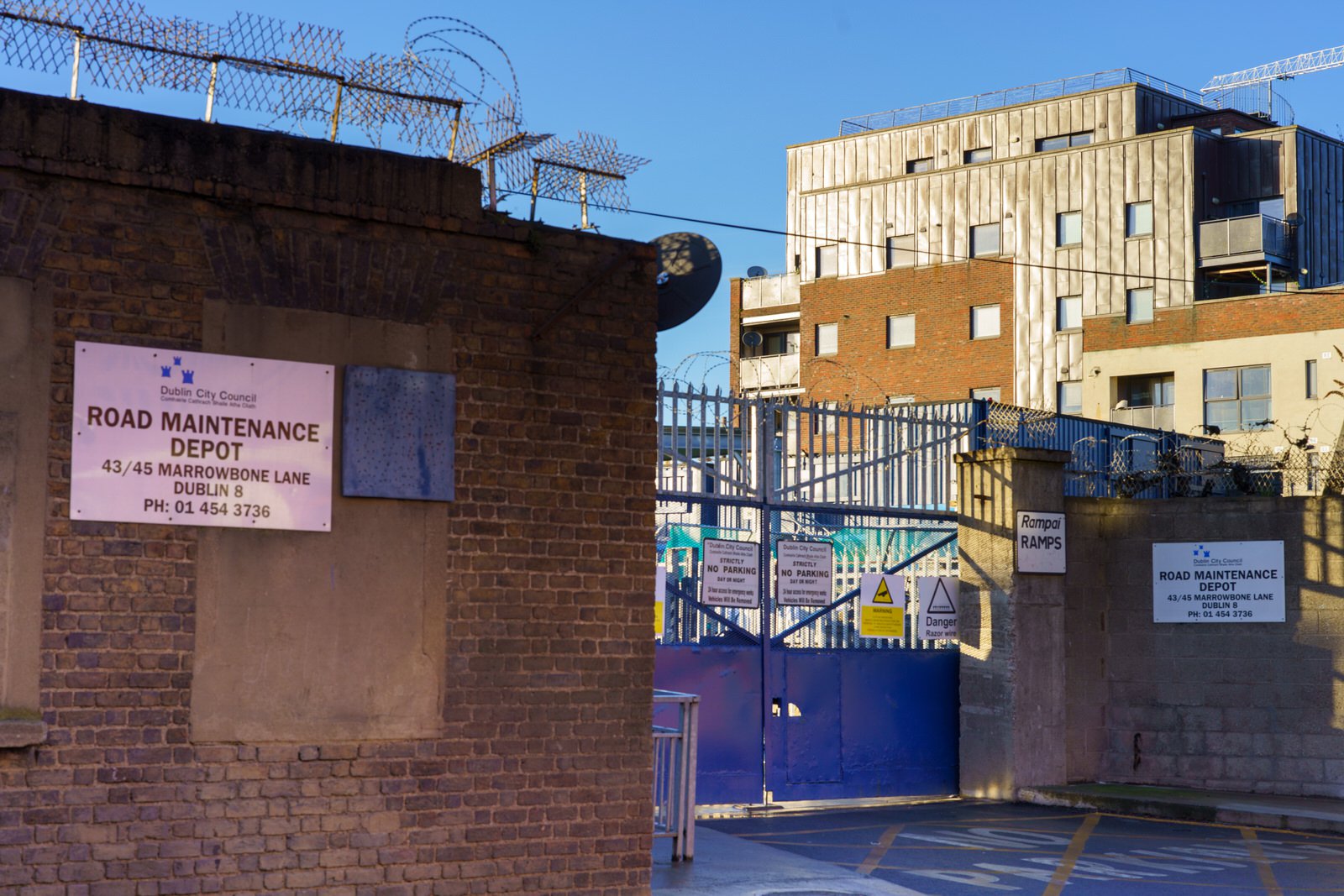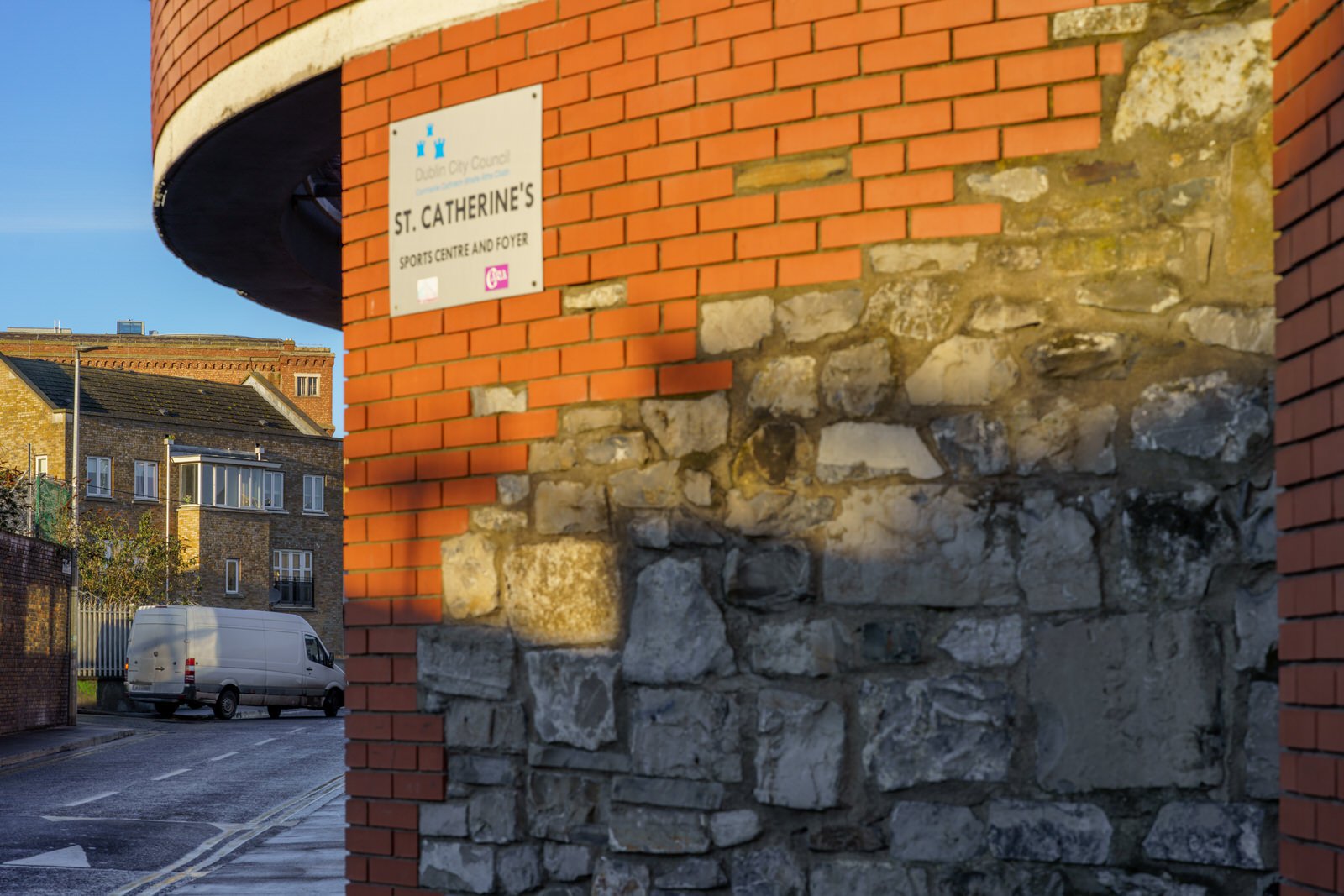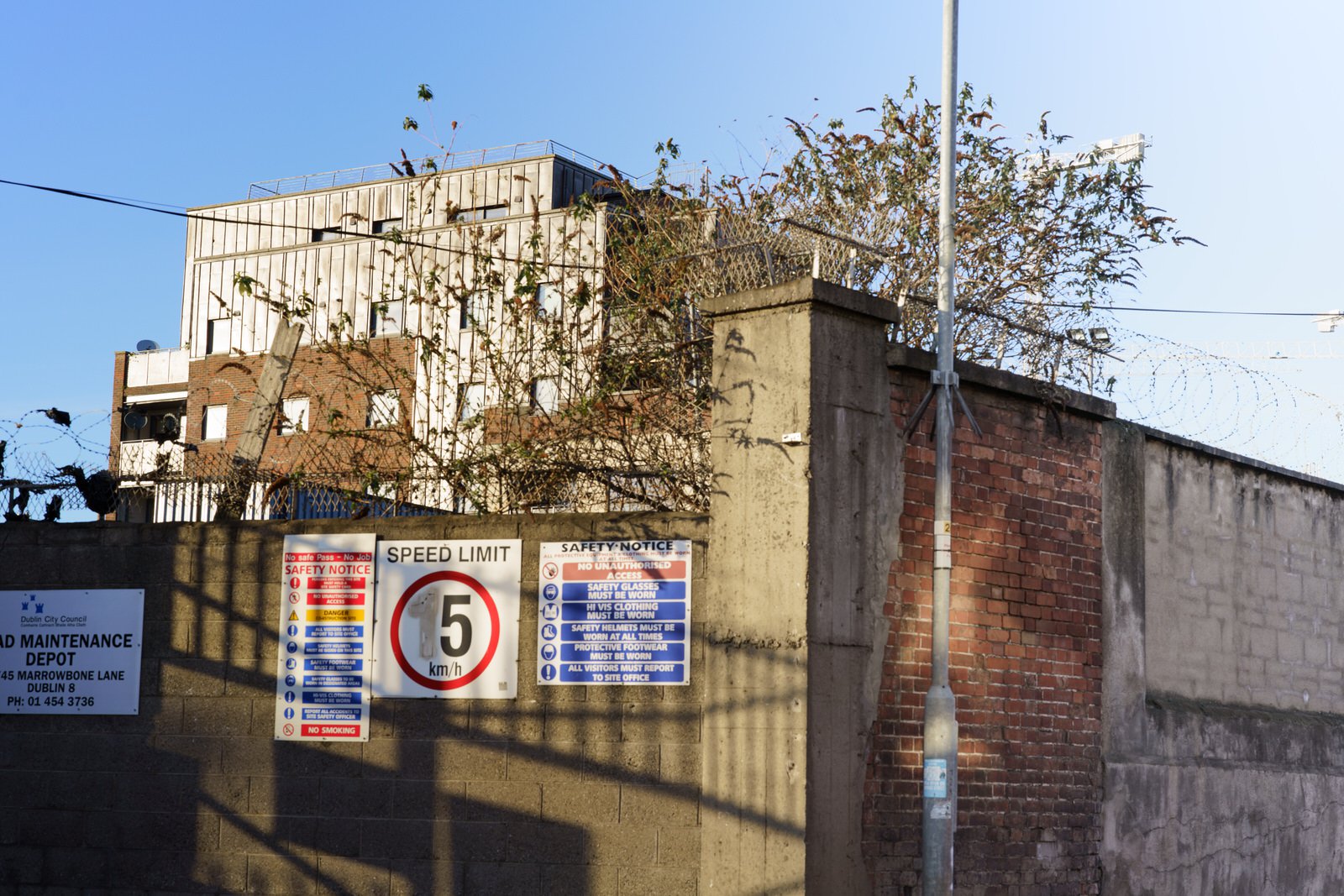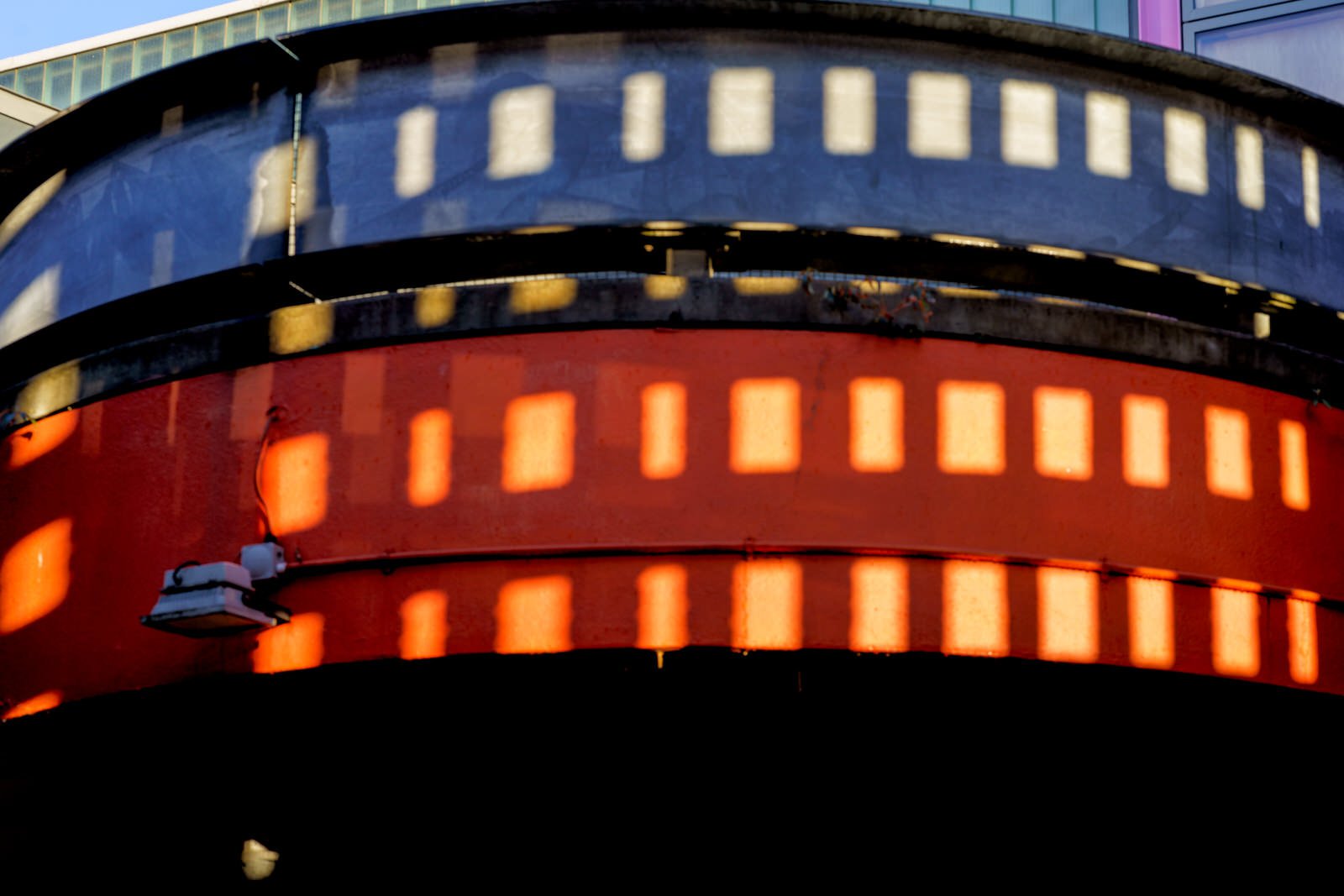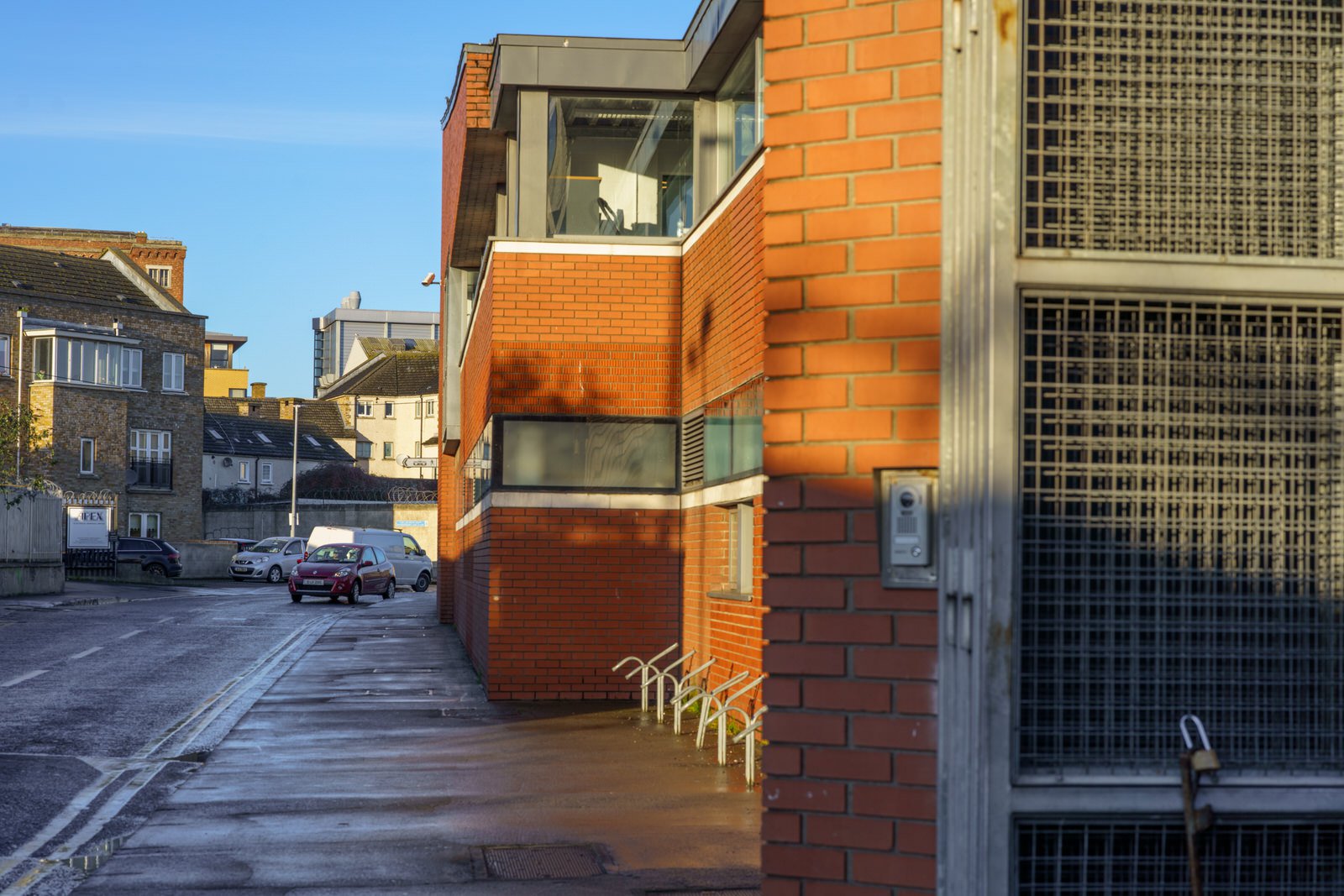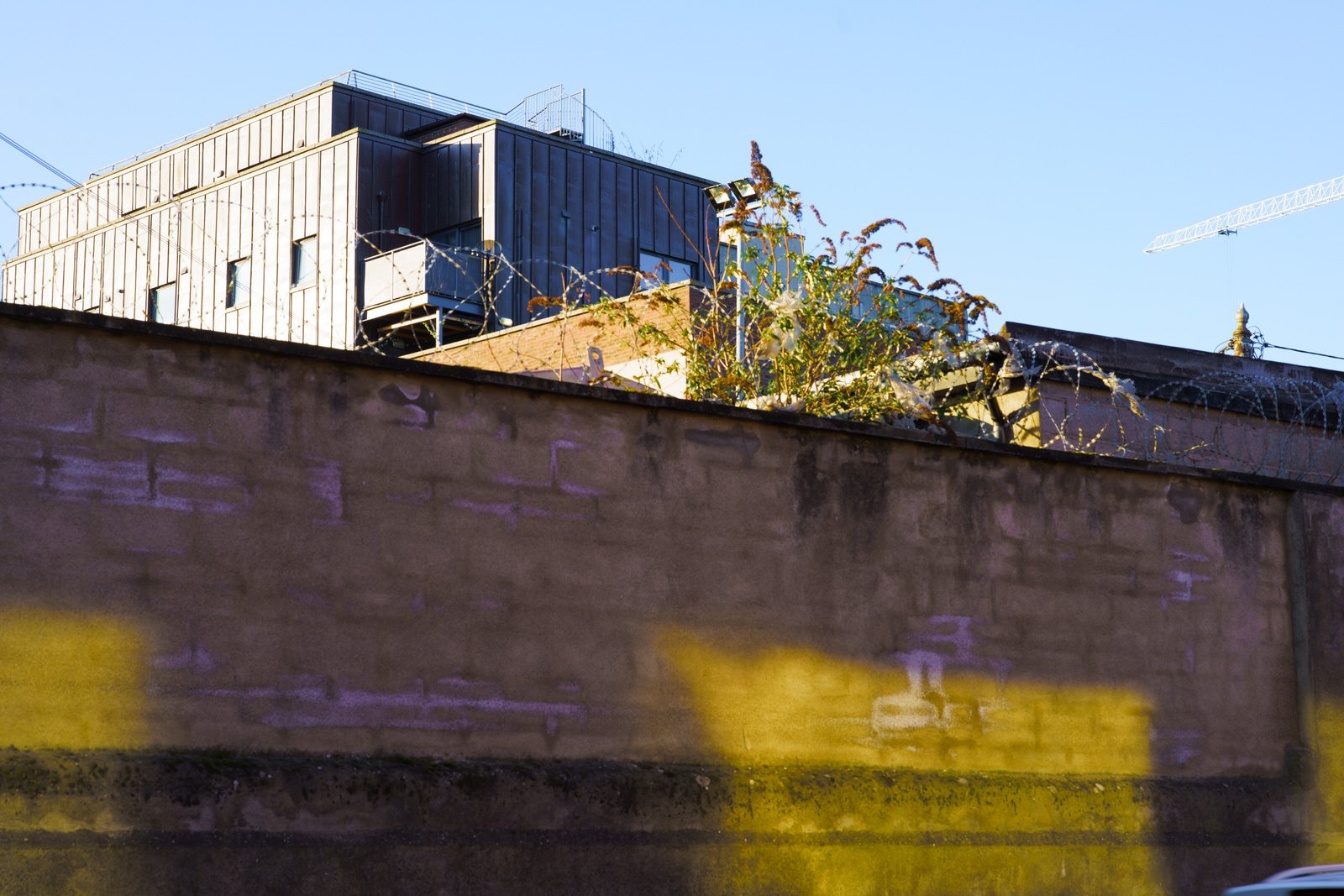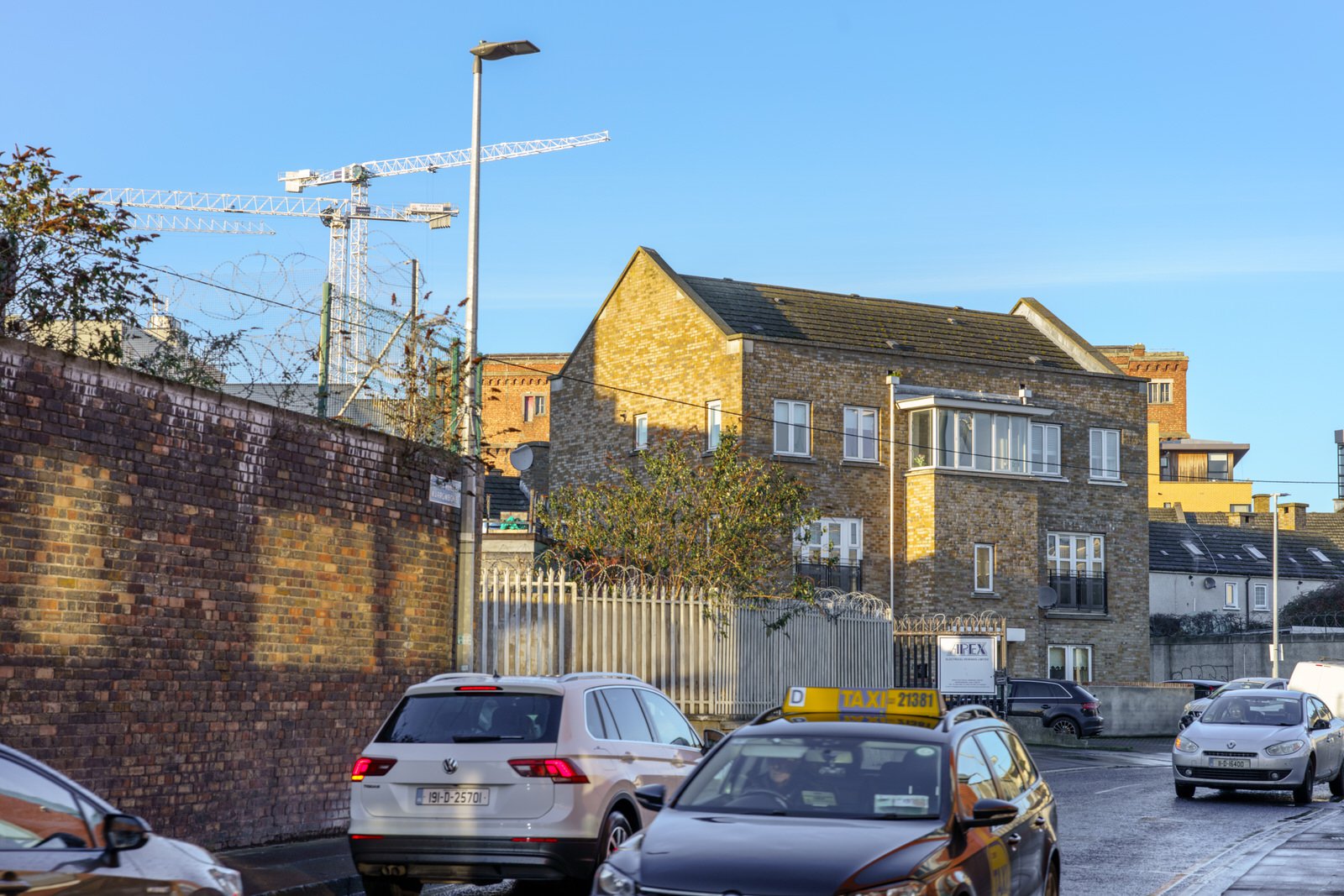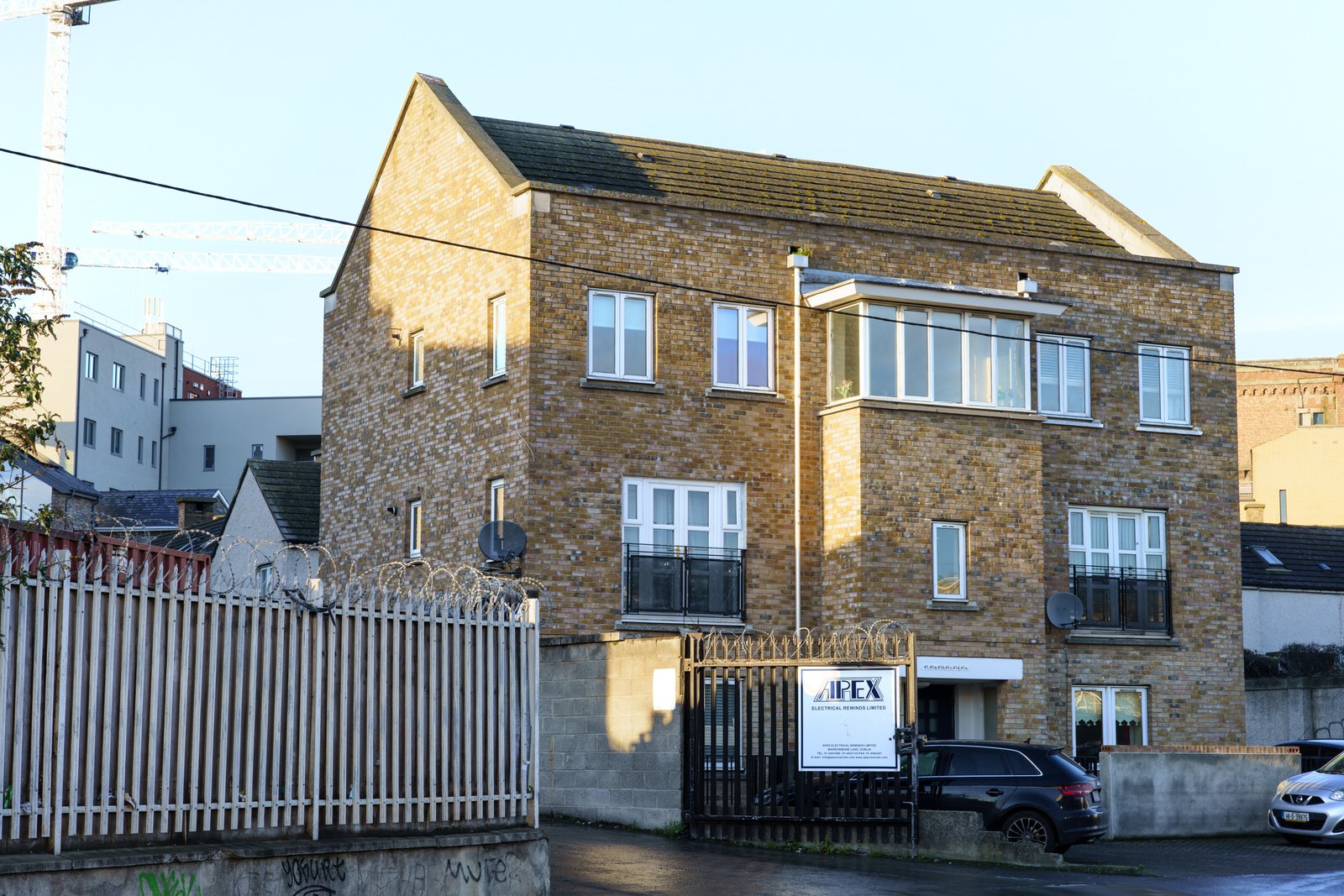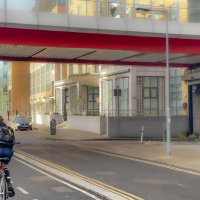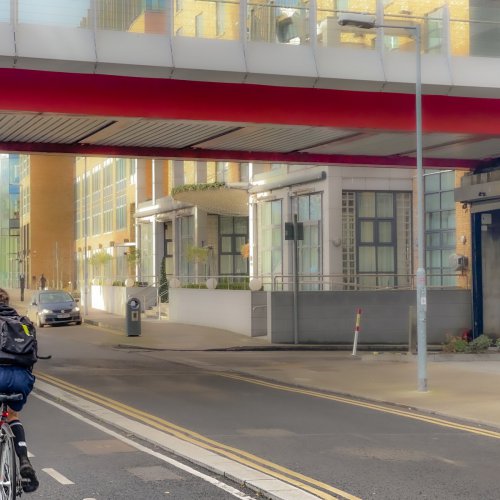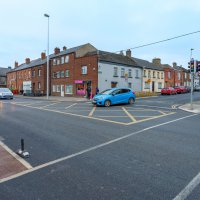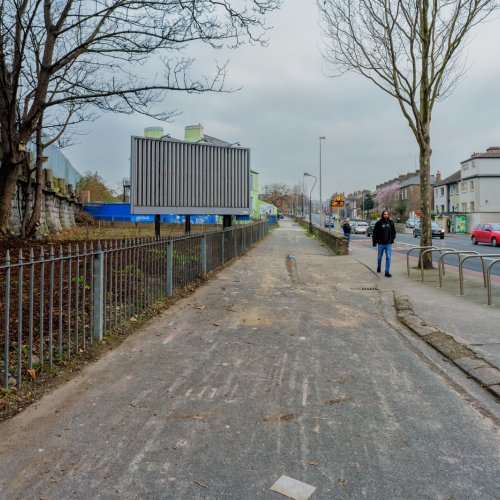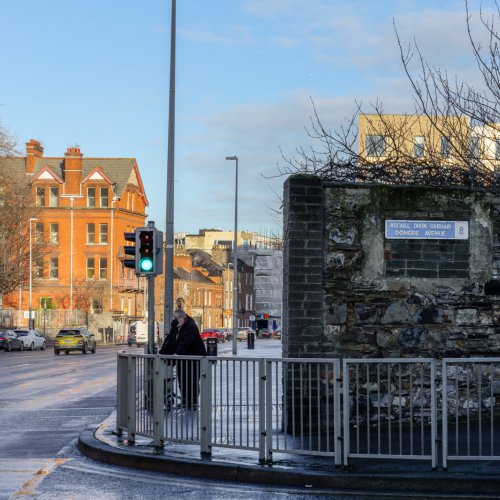The street is known for the fierce fighting that took place on it during the Easter Rising of 1916. The distillery on this street was used as a strongpoint by a force of more than a hundred rebels under the command of Éamonn Ceannt, which also held the nearby South Dublin Union. Ceannt was executed by the British authorities after the rising's failure. His second-in-command was Cathal Brugha, and other participants who achieved later prominence in one way or another were W. T. Cosgrave, Joseph McGrath and Denis O'Brien. In describing the careers of participants, the terms "fought at Marrowbone Lane" and "fought at the South Dublin Union" are used interchangeably.
"elegant early social housing scheme", designed by Dublin Corporation's Housing Architect Herbert George Simms, and built in the late 1930s, with curved corners that respond to the curve of Marrowbone Lane. "It is an excellent example of early modernist architecture which employed materials historically used in the area. H.G. Simms was housing architect to Dublin Corporation from 1932 until 1948. During his time in office, Simms was responsible for the design of some 17,000 new homes."
The lane is named after Marylebone in London; Pimlico is located right next to it, and other London-inspired street names are nearby, like Spitalfields. These were brought to Dublin by London wool-workers, who settled in the area after William III's conquest of Ireland in 1690. Marylebone, London, commonly pronounced like "Marrow-bone", is named after the church of St Mary at the Bourne, later corrupted to "Mary le Bone", Middle French for "Mary the Good." The Irish street name reproduces this error, literally meaning "Lane of Mary the Good." By 1743, the street name was corrupted to Marrowbone Lane.
